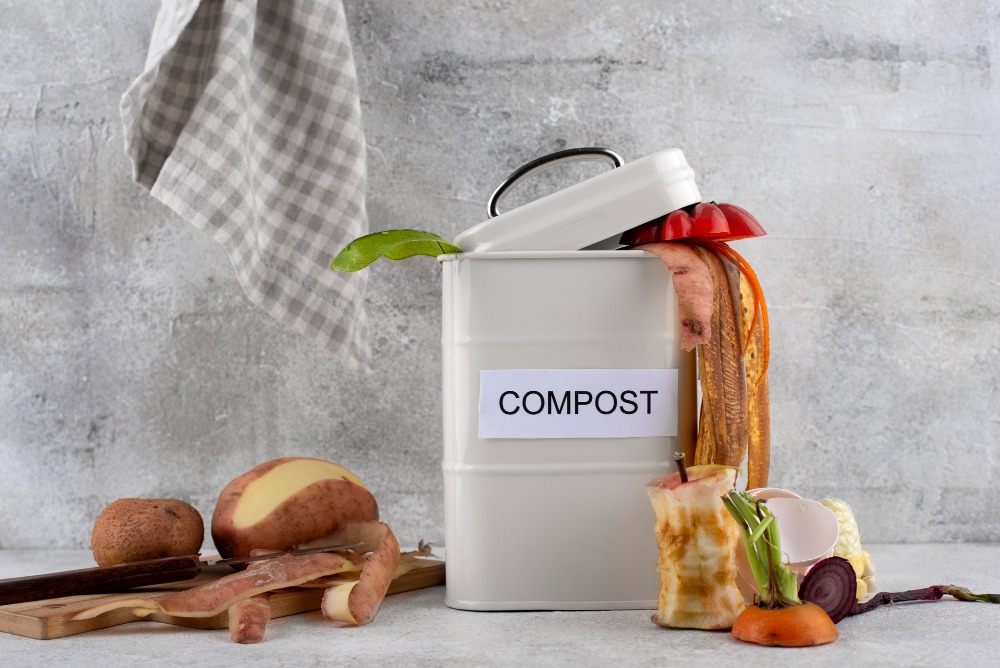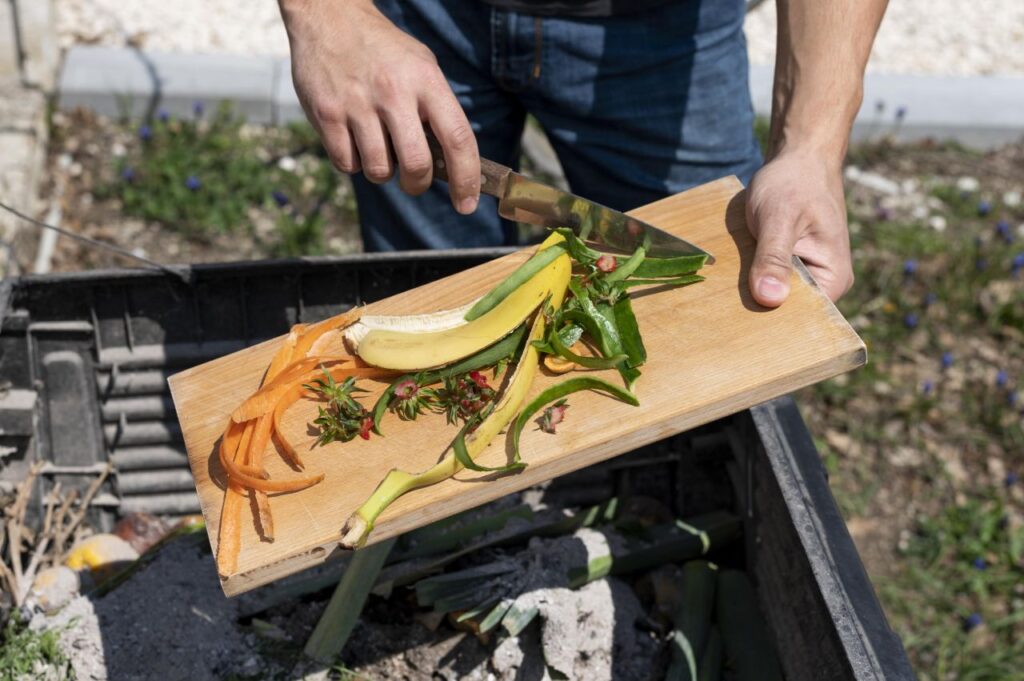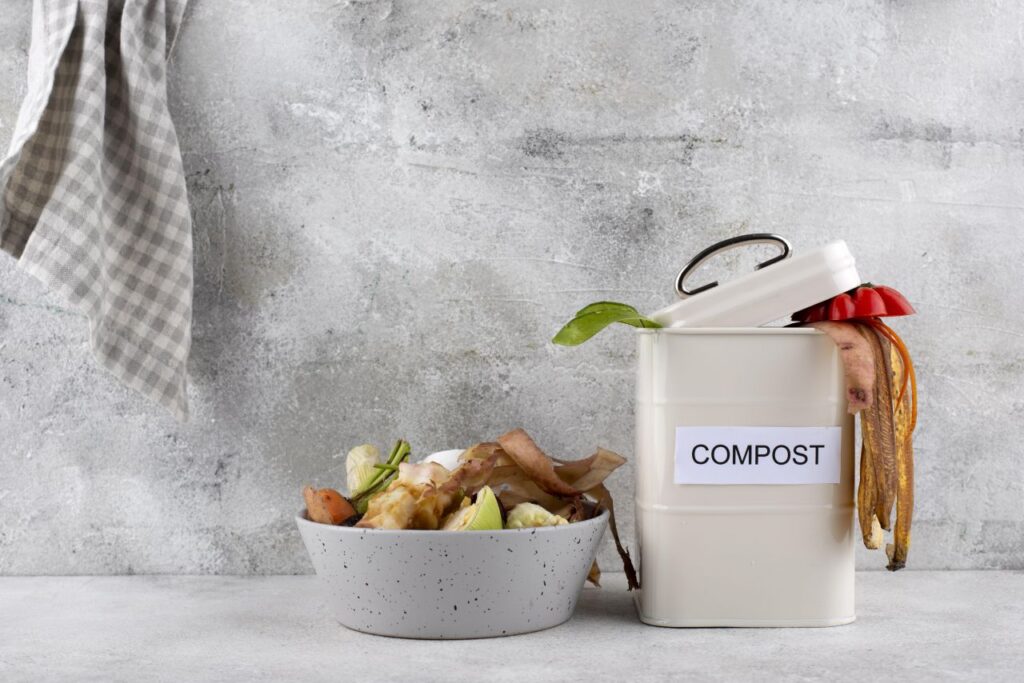No products in the cart.




No products in the cart.

In today’s fast-paced world, sustainable living has become a pressing need. Composting offers an effective solution to reduce waste and promote environmental balance.
This guide focuses on composting for Indian metro cities, addressing their unique challenges and highlighting the importance of sustainable products in fostering a greener future.

Composting is the natural process of decomposition that transforms organic waste materials into nutrient-rich compost. By actively participating in composting, individuals contribute to waste reduction and minimise the environmental impact of waste disposal.
Composting not only benefits the environment but also provides valuable resources for enriching soil and supporting sustainable agriculture.
Indian metro cities face specific waste management challenges due to their large population and limited space. Composting presents a sustainable solution by diverting organic waste from landfills and utilising it to create nutrient-rich compost.
By integrating composting initiatives within these cities, we can significantly alleviate the burden on existing waste management systems.

Sustainable products play a crucial role in promoting sustainable living practices. They are designed with the goal of minimising environmental impact, both during their production and after their use.
By choosing sustainable products, such as biodegradable packaging, compostable utensils, and eco-friendly household items, individuals can contribute to the circular economy and reduce waste that ends up in landfills.
1. Select the Right Composting Method

Choose a composting method suitable for your living situation and available space, such as traditional composting, vermicomposting, or Bokashi composting.
2. Collect and Sort Organic Waste
Set up a separate container in your kitchen to collect organic waste, including fruit and vegetable scraps, coffee grounds, tea leaves, and biodegradable packaging. Avoid including meat, dairy, and oily items in your compost pile.
3. Balance Your Compost
Maintain a balance between carbon-rich (browns) and nitrogen-rich (greens) materials in your compost. Browns include dry leaves, newspaper shreds, and cardboard, while greens consist of kitchen scraps and grass clippings. Aim for a 3:1 ratio of browns to greens.
4. Maintain the Compost
Regularly turn or mix the compost to ensure proper decomposition and aeration. Keep the compost moist by watering it as needed. Over time, the organic waste will transform into nutrient-rich compost.
5. Utilise the Compost
Apply the finished compost to enrich your garden soil, nourish potted plants, or support community gardens. The nutrient-dense compost promotes sustainable agriculture practices and reduces the need for synthetic fertilizers.
Limited Space: Tips for Compact Composting Systems
Vertical composting systems
Utilise vertical space by using stackable compost bins or vertical composting towers. These systems allow for composting in a small footprint.
Tumbling composters
Opt for a compact tumbling composter that can be easily rotated to speed up the composting process. These systems are ideal for small spaces like balconies or patios.
Worm composting (vermicomposting)
Vermicomposting involves using composting worms to break down organic waste in a small container. It is a space-efficient method suitable for apartments and small homes.
Compost bags or bins
Choose compost bags or bins specifically designed for small spaces. These containers are compact, odour-free, and can fit in tight corners or under sinks.
Proper balance of materials
Maintain a balanced ratio of browns (carbon-rich materials) to greens (nitrogen-rich materials) in your compost pile. Excess nitrogen-rich materials can cause unpleasant odours.
Aeration
Regularly turn or mix your compost to promote airflow and prevent anaerobic conditions that lead to foul smells. Use a compost fork or aeration tool to ensure proper oxygen circulation.
Covering the compost
Covering your compost pile with a breathable material like a compost cover or straw can help contain odours and prevent them from wafting into the surrounding area.
Adding absorbent materials
Include absorbent materials such as dry leaves or sawdust in your compost to help absorb excess moisture and minimise odour.
Secure compost bins

Ensure your compost bins are tightly sealed to prevent pests like rodents or raccoons from accessing the organic waste. Use latches, locks, or heavy-duty lids to deter unwanted visitors.
Avoid attracting pests
Do not compost meat, dairy products, or oily food scraps, as these can attract pests. Stick to vegetable and fruit scraps, coffee grounds, tea leaves, and non-greasy kitchen waste.
Bury food scraps
Dig a shallow hole in the centre of your compost pile and bury fresh food scraps under a layer of compost or browns. This helps prevent pests from being attracted to the surface.
As advocates of sustainable living, it is essential to raise awareness about composting and the use of sustainable products. Organise workshops, community drives, or online campaigns to educate others about the benefits of composting, the positive impact of sustainable products, and their role in building a greener future for Indian metro cities.
Conclusion
Composting offers a practical and eco-friendly solution for waste management in Indian metro cities, aligning with the principles of sustainable living. By adopting composting practices and choosing sustainable products, individuals can actively contribute to waste reduction, minimize environmental impact, and foster a more sustainable future.